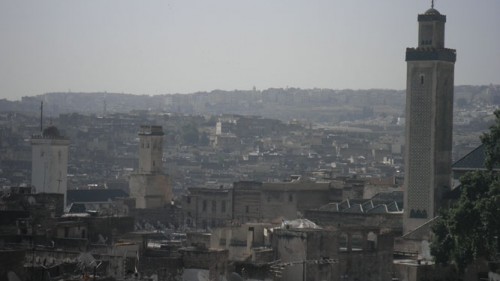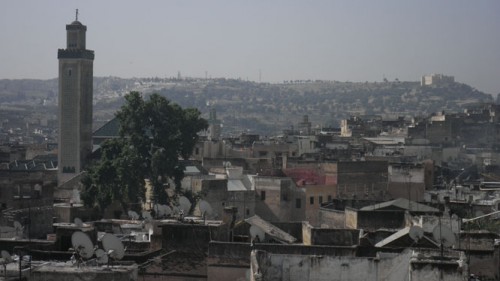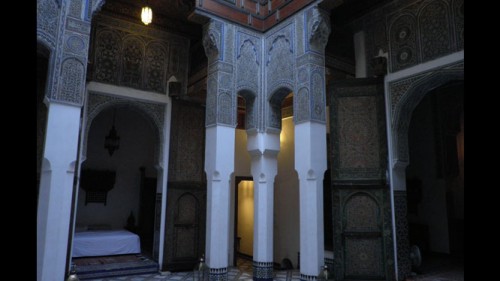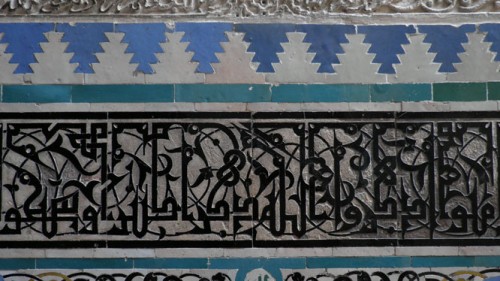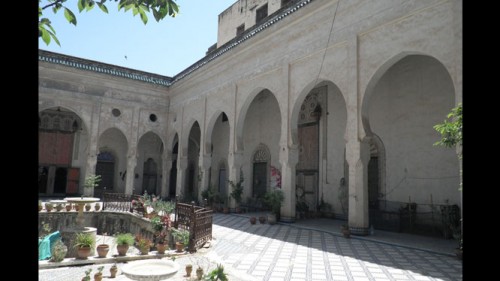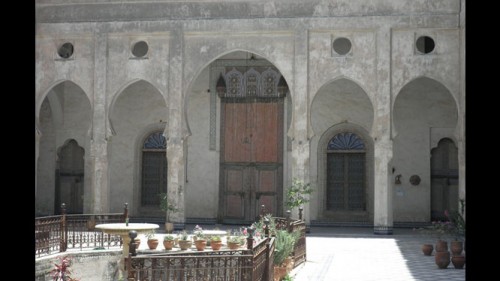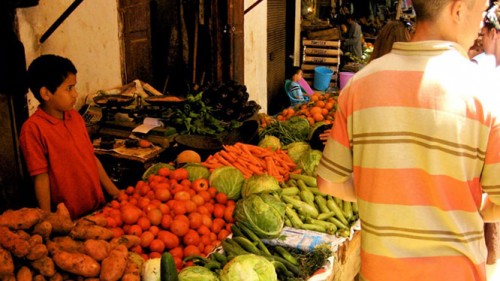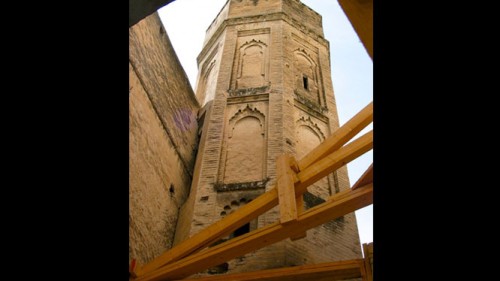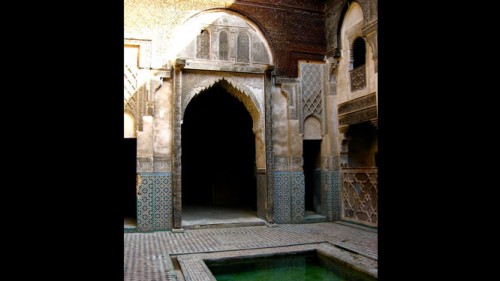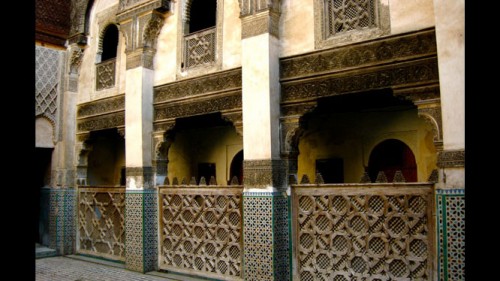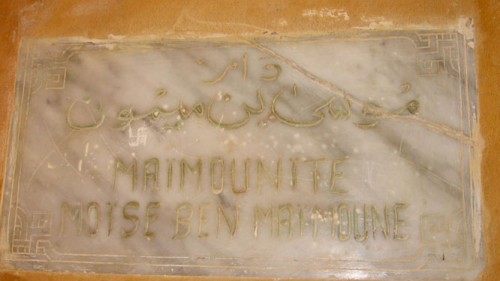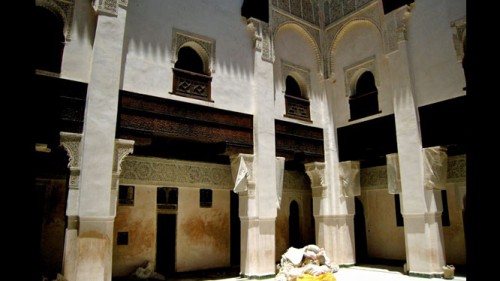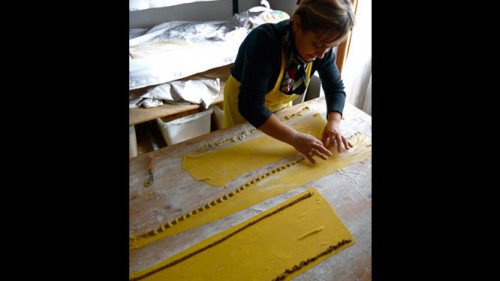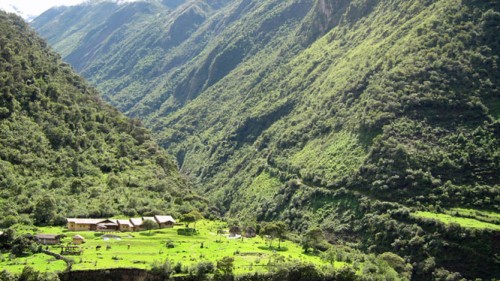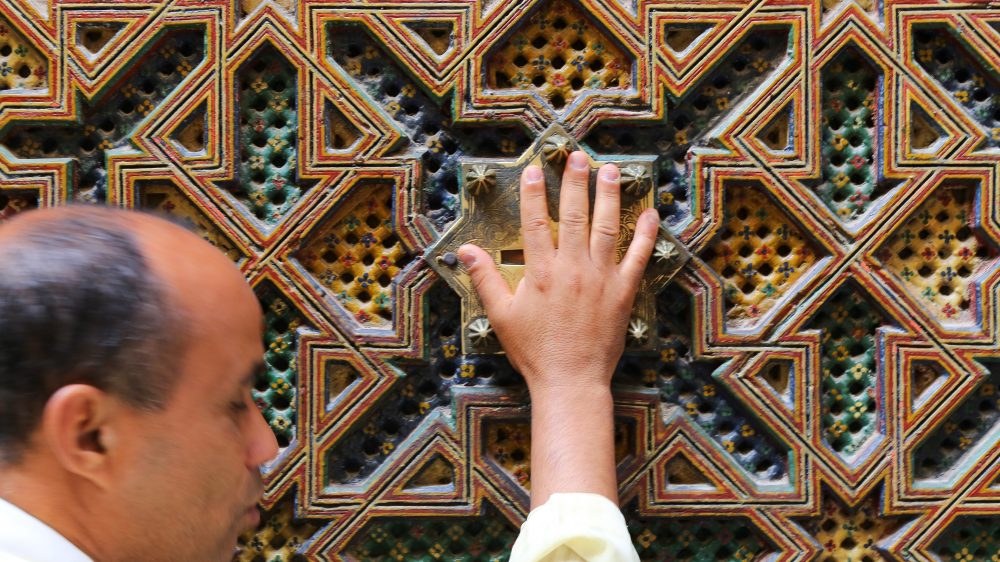Fez Up
Fez. You might love it or hate it, but indifference is unlikely. You’ve never seen a place like Fez. Think of the medina as one huge treasure-hunt, a life-size labyrinth to lose yourself in, and don’t venture in without a ball of string.
Few places are so difficult to understand and yet able to get under your skin like Fez; Morocco’s second largest city, one of the country’s four ‘Imperial’ cities and most famously a UNESCO World Heritage Site. Some cities are open books waiting to be discovered, but the ancient medina, ‘Fes el-Bali,’ is over 1,200 years old, and jealously stows away its charms, yielding nothing easily to the perplexed traveller.
For the discerning Perseus, we’ve put together a short list of places worth seeking out which may not be on everyone’s ‘to do’ list for Fez.
The Glaoui Palace
The palace is located in the Ziat quarter of Fez, a slightly more upscale and residential area of the medina. Particularly for anyone who has read Gavin Maxwell’s ‘The Lords of the Atlas’, or has any intention of seeing the tiny village of Telouet far down south in the High Atlas, look for this tremendous monument which is a testimony to power fallen into decay. A soft-spoken guardian and self-taught painter named Abdou looks after this crumbling treasure. The once-palatial building is as much a testament to the power the Glaoui clan weilded during French-colonial Morocco, as a mere backdrop to the guardian’s artistic endeavours, which you can see when you visit. If decay can be considered an art form, this is it in a nutshell.
Achabine
This is a quarter of Fez where you’re pretty unlikely to see another foreign face among the sea of hijabed women who ply the daily fruit and vegetable market. Visit the numerous food stalls, many with capacity for little more than four or five people, lined in a row. This is the off-the-beaten-path place to come for beef or chicken brochettes (skewers), fish fried in charmoula (a cumin-based marinade), any number of cooked salads or a cheap and filling bowl of bessara, a fava bean, cumin and garlic stew drenched with olive oil. If you’re looking for a great, authentic street food experience, this is it. One of the noteworthy monuments in the area is the tucked-away minaret of the Ain el-Khail mosque, unique in that it is the only octagonal minaret in the medina. Ain el Khail was the mosque where the moorish mystic and sufi Ibn Arabi prayed during his 12th centruy sojourn in Fez.
Maimonides’ House
The illuminator of the Torah and one of the most brilliant physicians of the Middle Ages, Moses Ben-Maimon spent time in this house in Fez, opposite the Bou-Inania Medresa, between his birth in Cordoba, Spain and his death in Egypt. Look for the house tucked away down the small alley (derb Megana) that also houses the popular Café Clock, a hip coffee house/resto. One day the city may organise a more formal display dedicated to Maimonides and his contributions, but for now it makes for an interesting pause after seeing the nearby Bou Inania medrasa.
Cherratine Medrasa
This little known Koranic school, on the Ras Cherratine which connects the Moulay Idriss shrine with the R’Cif area, was built in 1670 by the founder of the Alaouite dynasty Moulay Rachid (Morocco’s current king, Mohammed VI, is the latest descendant of this line). Recently restored in the last few years, the medrasa is unique in it’s layout and functionality. Look for it’s brilliantly sculpted bronze doors as you walk up or down the Ras Cherratine.
Andalous Quarter
So named as it sheltered refugees fleeing their Umayyad dynasty masters in Cordoba after a revolt there in the 9th century. Crossing over the Oued Fez into the Andalous quarter is stepping into an area of the medina that sees few tourists, yet steeped with the history of its inhabitants who brought vestiges of muslim Spain with them. Aside from the Andalous mosque, the second largest in the medina, one can visit the Sahrij Medrasa, dating from 1321, one of the oldest in the city and with the singularity of being one of the last remaining ancient madrasas that still has students living and studying in it, despite its fall into decrepitude.
No visit to Fez would be complete without taking full advantage of the ancient city both day and night. In the last ten years or so the medina of Fez has undergone a sort of rennaisance, with great interest taken in some of the more opulent homes that represent the very zenith of the islamic aesthetic. Many Moroccans as well as foreigners have purchased some extraordinary palatial homes and have turned them into luxury guesthouses, where for reasonable prices one can live like a pasha among orientalist opulence. Carved cedar doors, intricate mosaic tiled floors and walls, and sumptuous furnishings designed and hand made by the very artisans that continue to work daily in the medina’s endless number of tiny workshops, the Dars and Riads (courtyard houses) of Fez offer a glimpse of what aristocratic life was like when Fez provided the cultural and artistic elite of the country. Nothing completes a day in the hectic medina than to come back to the luxury and tranquility of a moorish patio.
Sebastian Lapostol is our man in Morocco and Spain. If you’re on the hunt for diamonds in the medina’s rough, get in touch: +1 416 628 1272
